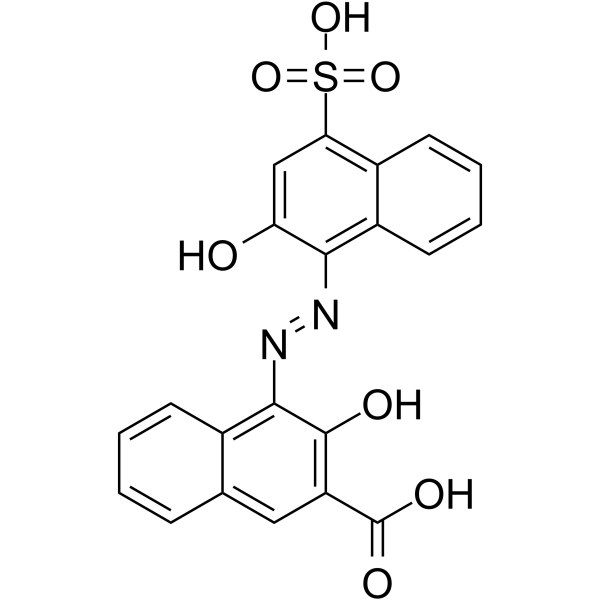Usefulness of visible dyes for the staining of protein or DNA in electrophoresis.
Li-Tai Jin, Jung-Kap Choi
Index: Electrophoresis 25(15) , 2429-38, (2004)
Full Text: HTML
Abstract
Since 1993, we have studied visible organic dye stains for protein or DNA to improve methodologies and developed the counterion dye staining method. The method employs two oppositely charged dyes that form an ion-pair complex in the staining solution. The selective binding of free dye to protein or DNA in the staining solution improves detection sensitivity and speed. It is a rapid and sensitive procedure, involving fixing/staining or staining/quick destaining steps that are completed in 1-1.5 h. The lowest detection limits achieved are 4-8 ng of protein on polyacrylamide gels and approximately 10 ng of DNA on agarose gels. The focus of this review is to chronicle the development and current status of the counterion dye staining method for detection of protein or DNA. As an extended application of visible dyes, we also discuss the visible dye staining method for detecting protein on blotting membranes developed in our laboratory.Copyright 2004 Wiley-VCH Verlag GmbH and Co.
Related Compounds
| Structure | Name/CAS No. | Molecular Formula | Articles |
|---|---|---|---|
 |
Calconcarboxylic acid
CAS:3737-95-9 |
C21H14N2O7S |
|
High-performance liquid chromatography determination of nitr...
2009-02-01 [Biomed. Chromatogr. 23(2) , 166-9, (2009)] |
|
Determination of microgram amounts of calcium in small biolo...
1981-02-01 [Analyst 106 , 227, (1981)] |
|
Electrophoretic nanotechnology of composite electrodes for e...
2013-02-14 [J. Phys. Chem. B 117(6) , 1563-70, (2013)] |
|
Sensitive silver staining of protein in sodium dodecyl sulfa...
2004-08-01 [Electrophoresis 25(15) , 2494-500, (2004)] |
|
Mixed-dye staining method for protein detection in polyacryl...
1998-10-01 [Electrophoresis 19(14) , 2412-5, (1998)] |